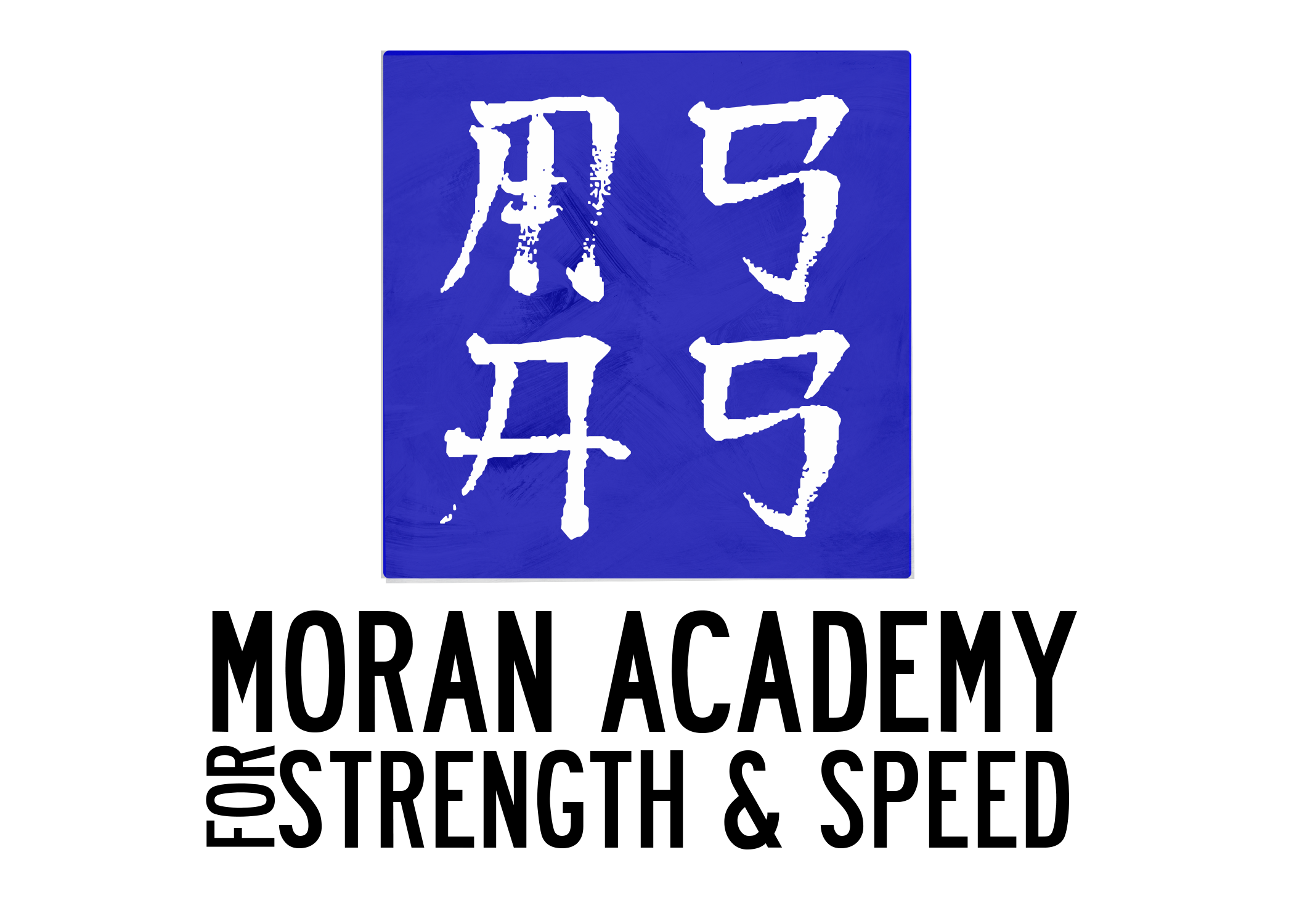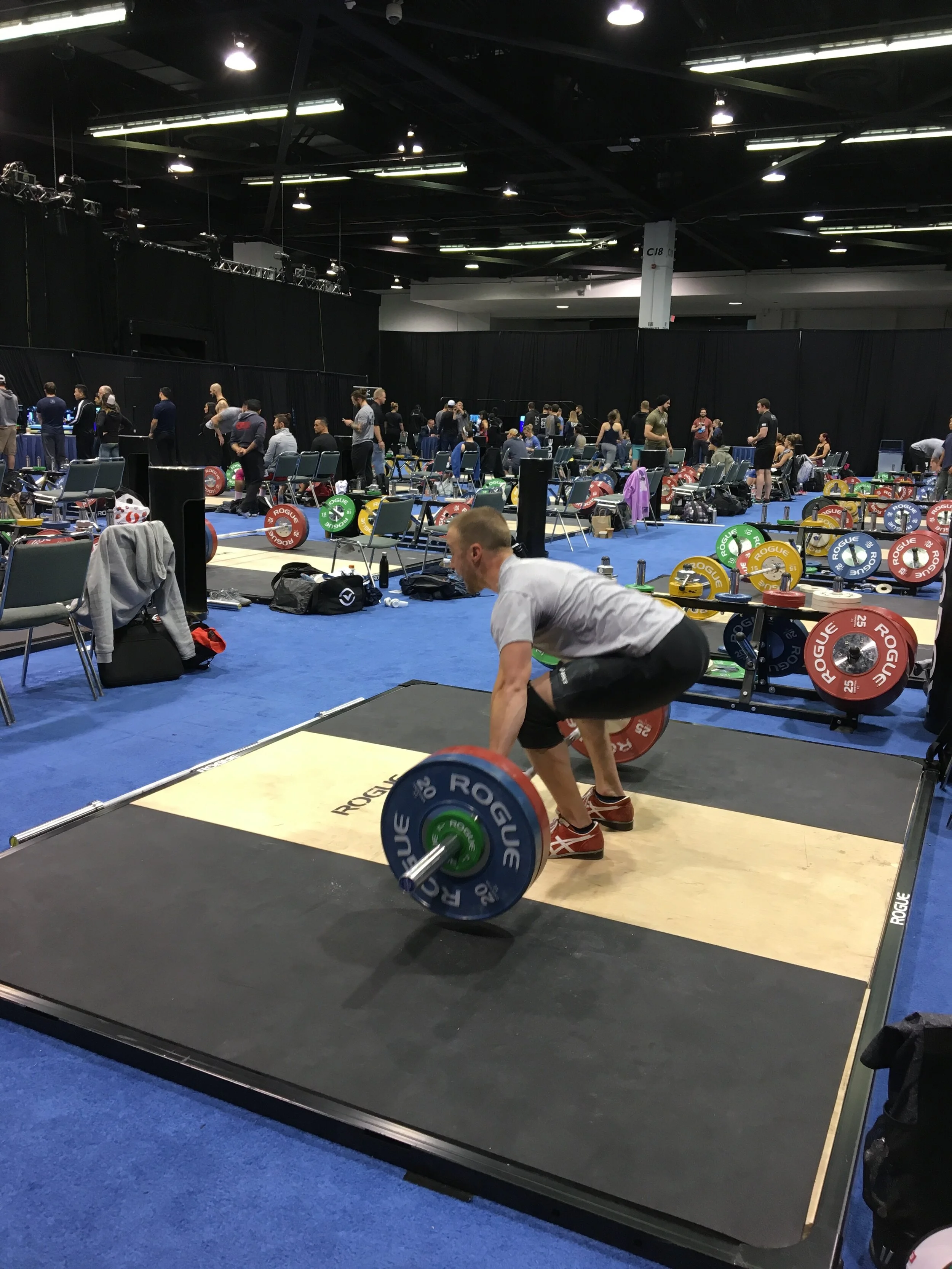The Importance of GPP
In the world of Olympic Weightlifting it’s easy to get caught up in only focusing on improving technique, improving maximum strength, and finding the newest way to peak for a meet. However, the one area that is often overlooked or executed in a way that is detrimental to the overall development of the athlete is the General Physical Preparation (GPP) phase.
Having a specific period of time for developing qualities outside of the Snatch, Clean & Jerk, and maximum strength, can pay huge dividends going into the next training cycle. Let’s take a look the critical role GPP plays in a Weightlifter’s annual plan and some common mistakes that occur when a GPP phase is implemented.
So what exactly is GPP or a GPP phase? This phase of training is meant to build a broad base of physical qualities, while maintaining the skills needed in the sport of Weightlifting. These qualities include: aerobic capacity, muscular endurance, structural balance, mobility, coordination, and general body awareness. The goal of a GPP block is to restore, rebuild, and prepare the athlete for the more intense and specific demands of the upcoming training blocks.
In Weightlifting, we’ll use GPP blocks after a major competition or peaking phase. Usually it’ll start with a transition week to expose the athletes to the block while keeping intensity low and slowly building over time. This allows us to address weaknesses, reduce injury risk, and improve overall athleticism that is required to support heavy lifting down the road.
THE GPP PARADOX IN WEIGHTLIFTING: Why and How It’s Mismanaged
Even though everyone knows it’s important, many coaches either neglect GPP or misuse it. Here are some common mistakes:
1. Skipping GPP Altogether
After a major competition it’s easy to get super excited as a coach to get right back into heavy training to try and correct some of the mistakes that occurred in the meet OR to try and continue to ride the momentum of peak. While exposure to some heavier lifts throughout a GPP phase isn’t inherently bad, if that’s the main focus, it’s a recipe for burnout and potential overuse injuries.
2. Turning GPP into CrossFit
Look, I love the sport of CrossFit and it’s overall impact that it’s had on the fitness industry. However, Weightlifters already move in the sagittal plane for 90%+ of their training, doing the same thing in circuits with similar movements called different things, does not make it GPP. Preparing for the demands of Weightlifting requires thoughtful program design that not only preps the body for the Weightlifting movements but also exposes the body to different movements in order to maximize the durability of the athlete. Also, a ton of high intensity metabolic work can pull from recovery resources, allowing for declined technical skill and restoration.
3. Lack of Structure and Progress
GPP doesn’t mean random or sloppy. There still needs to be a clear progression, load management, and quality intent. Without these the benefits of a GPP phase (improved movement quality, work capacity, hypertrophy, etc.) are lost. So you end up wasting 4, 6, or 8 weeks of training time.
4. Neglecting Movement Quality
While the total intensity of the classic lifts might be down, that doesn’t mean technical progress can’t be made or shouldn’t be the primary focus when executing them. A GPP phase will improve mobility, motor control, and movement competency if done correctly.
What a Good GPP Phase Should Include
Ok, so we’ve covered how things get screwed up, but what should we include to make a quality GPP phase?
There’s often a misconception that GPP means ignoring the barbell for weeks on end. This is not true, it’s about broadening the athlete’s foundation so that they can make larger improvements during more specialized training blocks.
1. Aerobic Base Development
Yes, the aerobic system is important, even for Weightlifters. No, that doesn’t mean train like you’re preparing for a marathon.
Weightlifting is an anaerobic sport, meaning it doesn’t use oxygen as it’s main source of energy to execute the movements. However, aerobic capacity supports this system more than most people realize or often ignore for the sake of “specificity”. An aerobic base supports recovery between sets, recovery between sessions, work capacity, and increases overall resilience to fatigue. Executing low-intensity steady state cardio or tempo runs is a great way to improve this quality.
2. Hypertrophy and Structural Balance
At the end of the day, the goal of Weightlifting is to lift as much weight as possible. Giving your body a chance to put on some muscular size, address specific weakness, and build a solid muscular foundation will pay dividends in the later phases of training. Especially as training gets more specific as we get closer to competition, these are areas that are often overlooked by coaches. So having a specific time to address these is crucial.
3. Mobility and Positional Strength
The GPP phase is a great time to address specific areas of the lift and improve strength in those positions. Doing pause pulls, pause squats, etc. is a great way to improve strength in these areas. The increased constraints on the movement lower the overall loading and allow for technical improvement while also addressing weak areas in the lift.
4. General Athleticism and Movement Variability
Skipping, jumping, sprinting, rotational work, etc. are all parts of building an overall athlete and robust tissues. Using extensive plyometrics, sprinting, and athletic drills improve coordination and neuromuscular efficiency. All of these will help with the classic lifts down the road.
5. Mental Refresh and Fun
After a hard meet prep, a break from the grind is often necessary. During GPP phases, we like to use 2 days per week that address all of the areas of GPP, and 3 days of Weightlifting practice to maintain skill and increase specific capacity. However, on those 2 days of only GPP if an athlete wants to go do an activity that is not “on the plan” we allow them to. Encouraging them to play a different sport or take a yoga class, gives them autonomy, provides a mental break, and allows for exposure to different movements and qualities.
As you wrap up your next training cycle. Keep these things in mind and give yourself the time to build up and crush your next PR!

